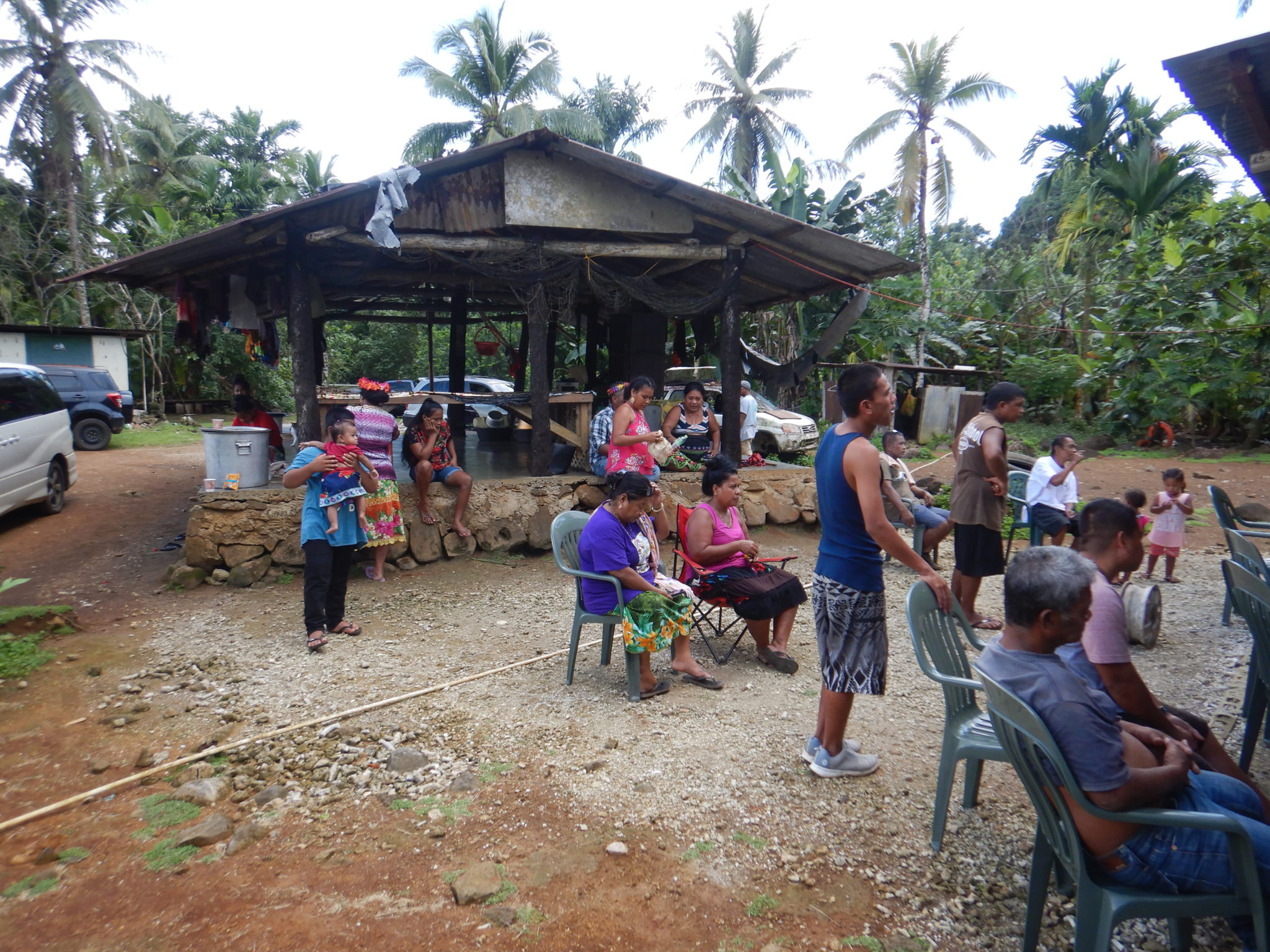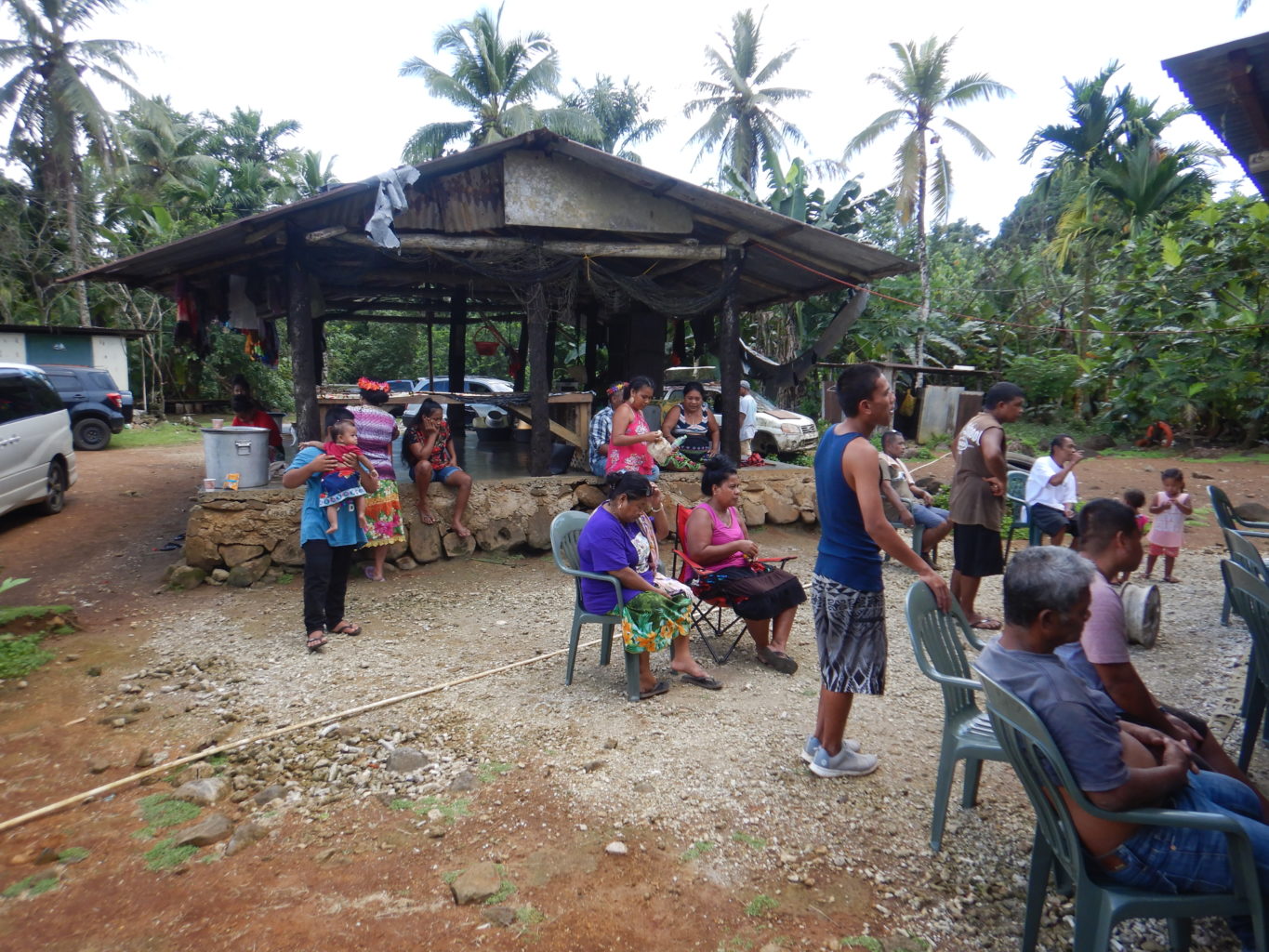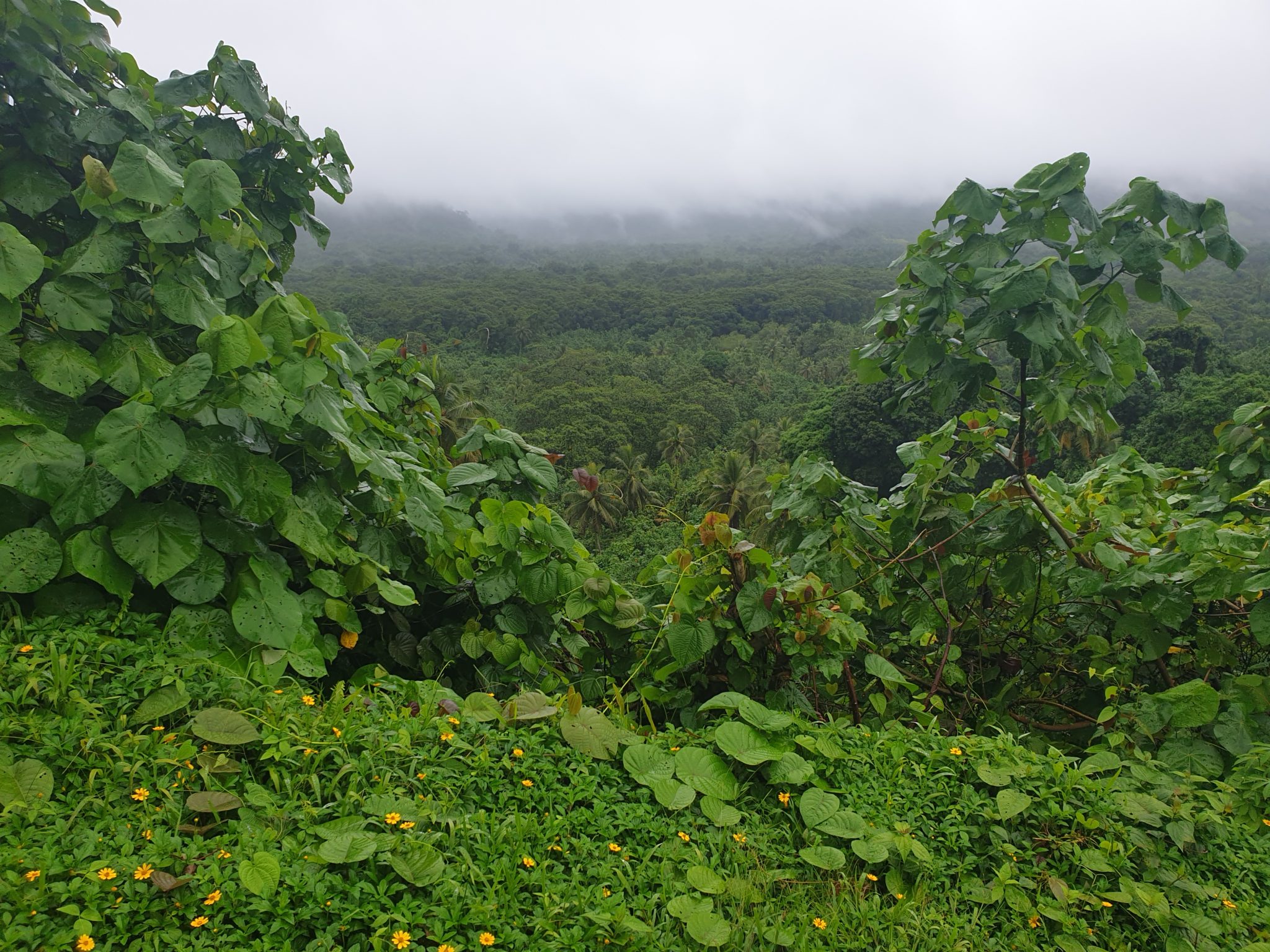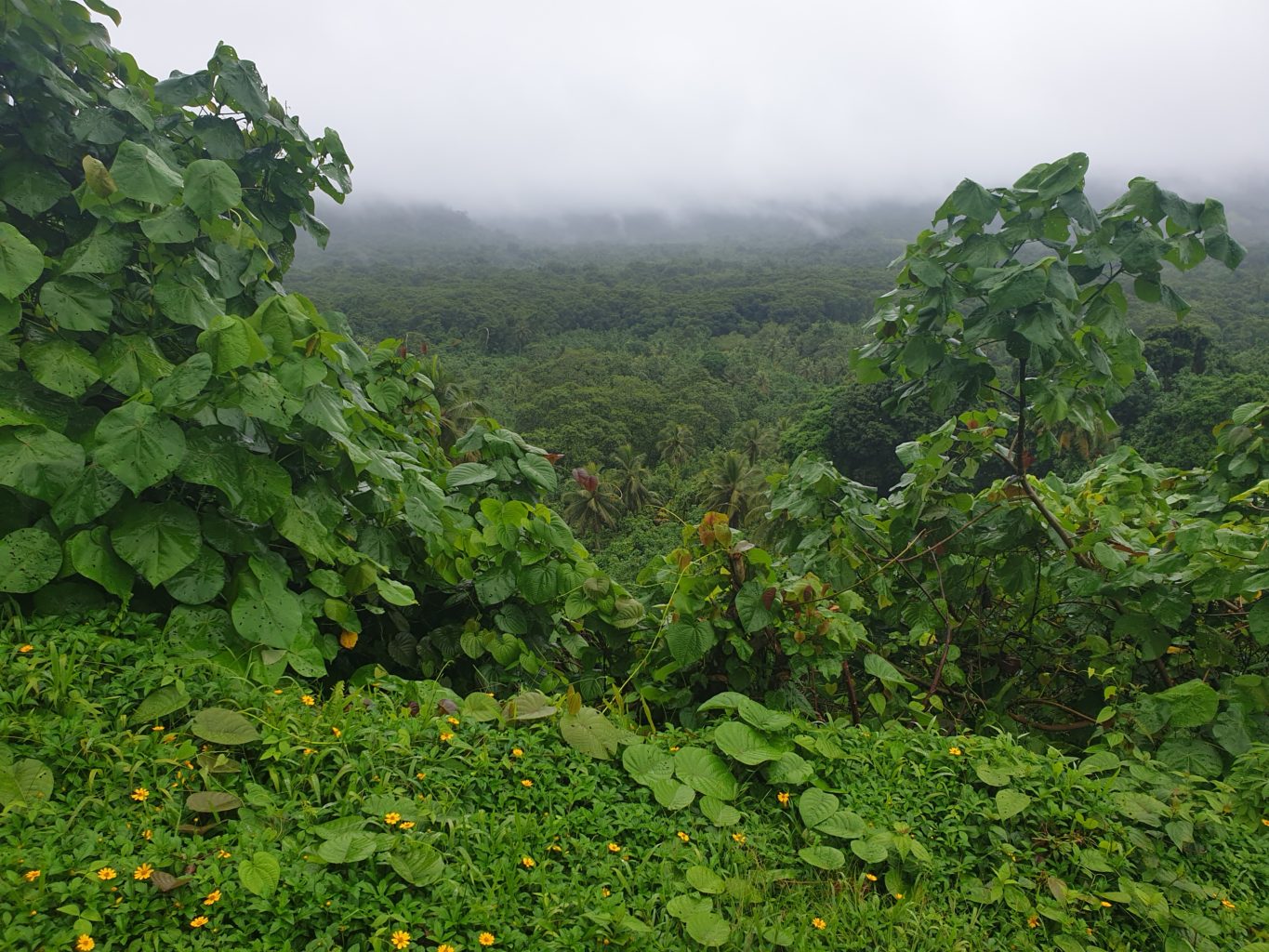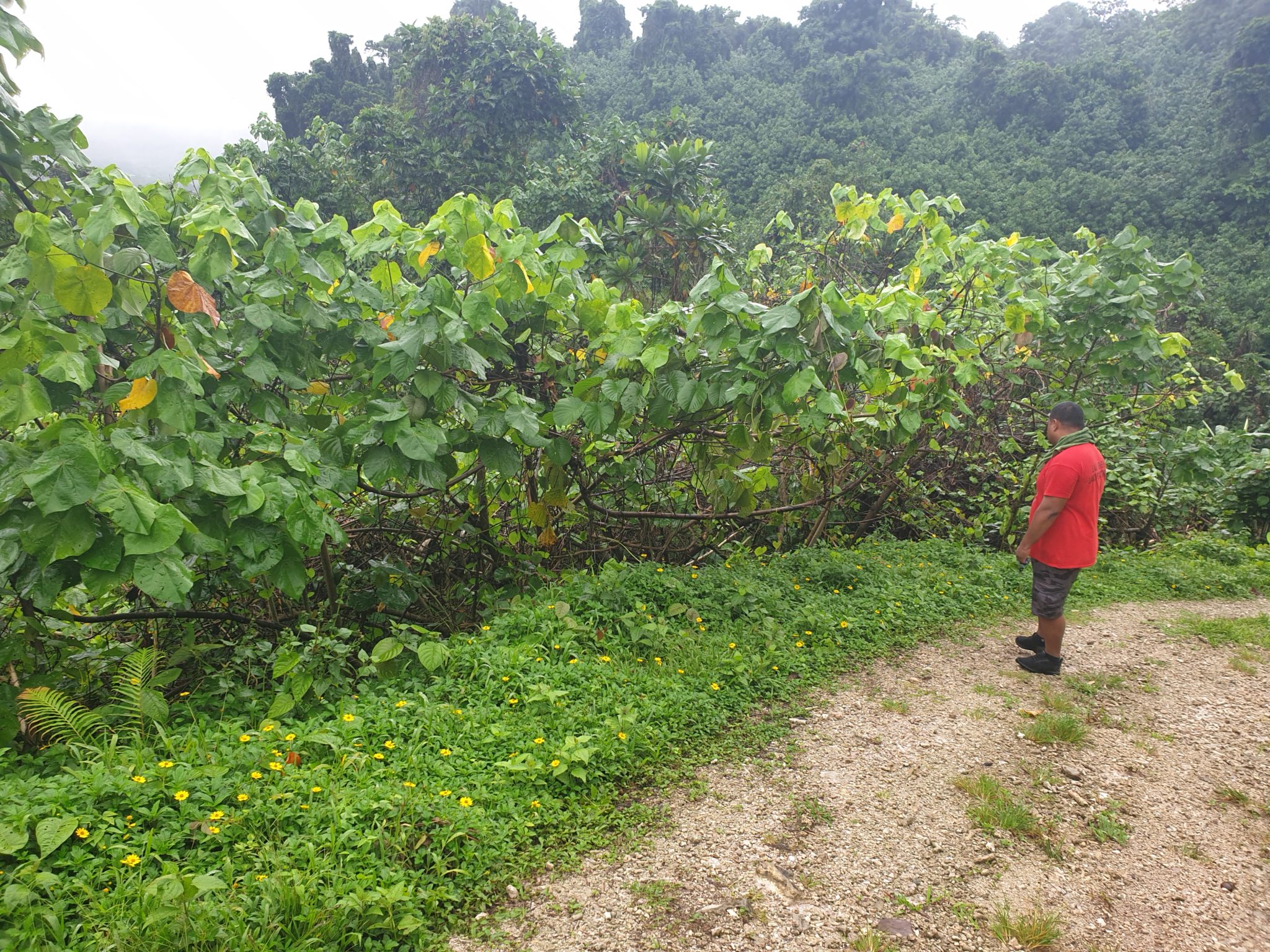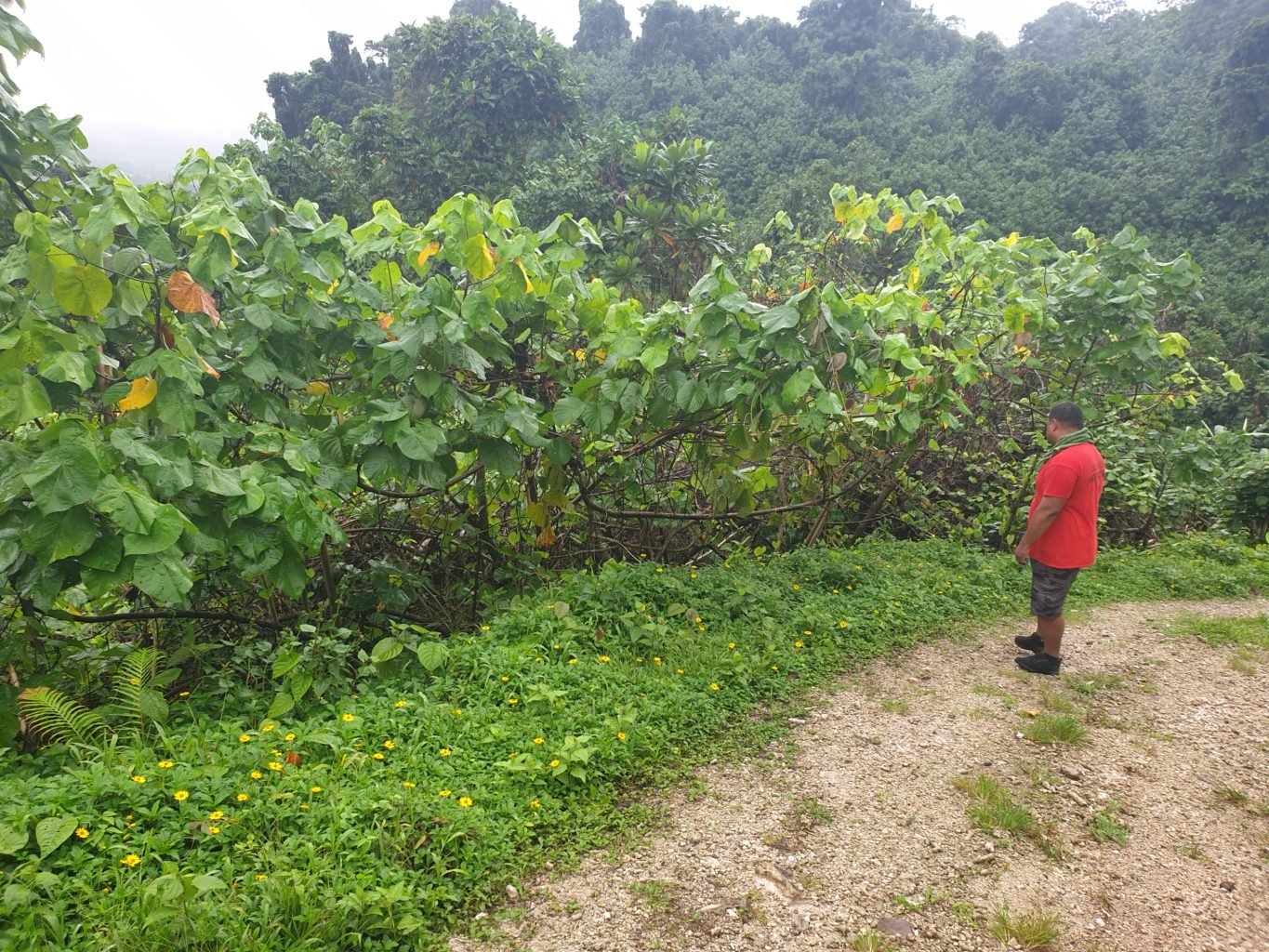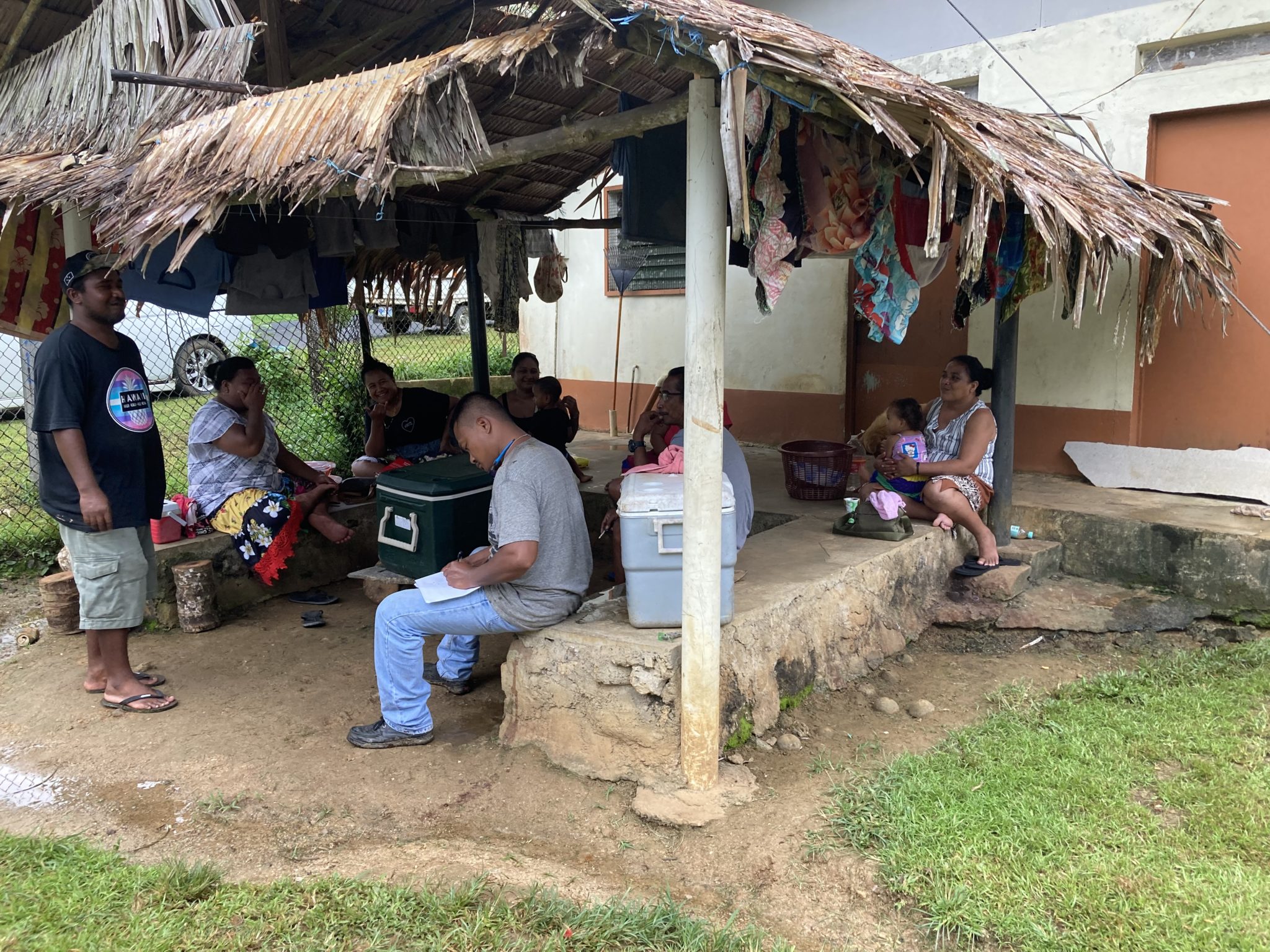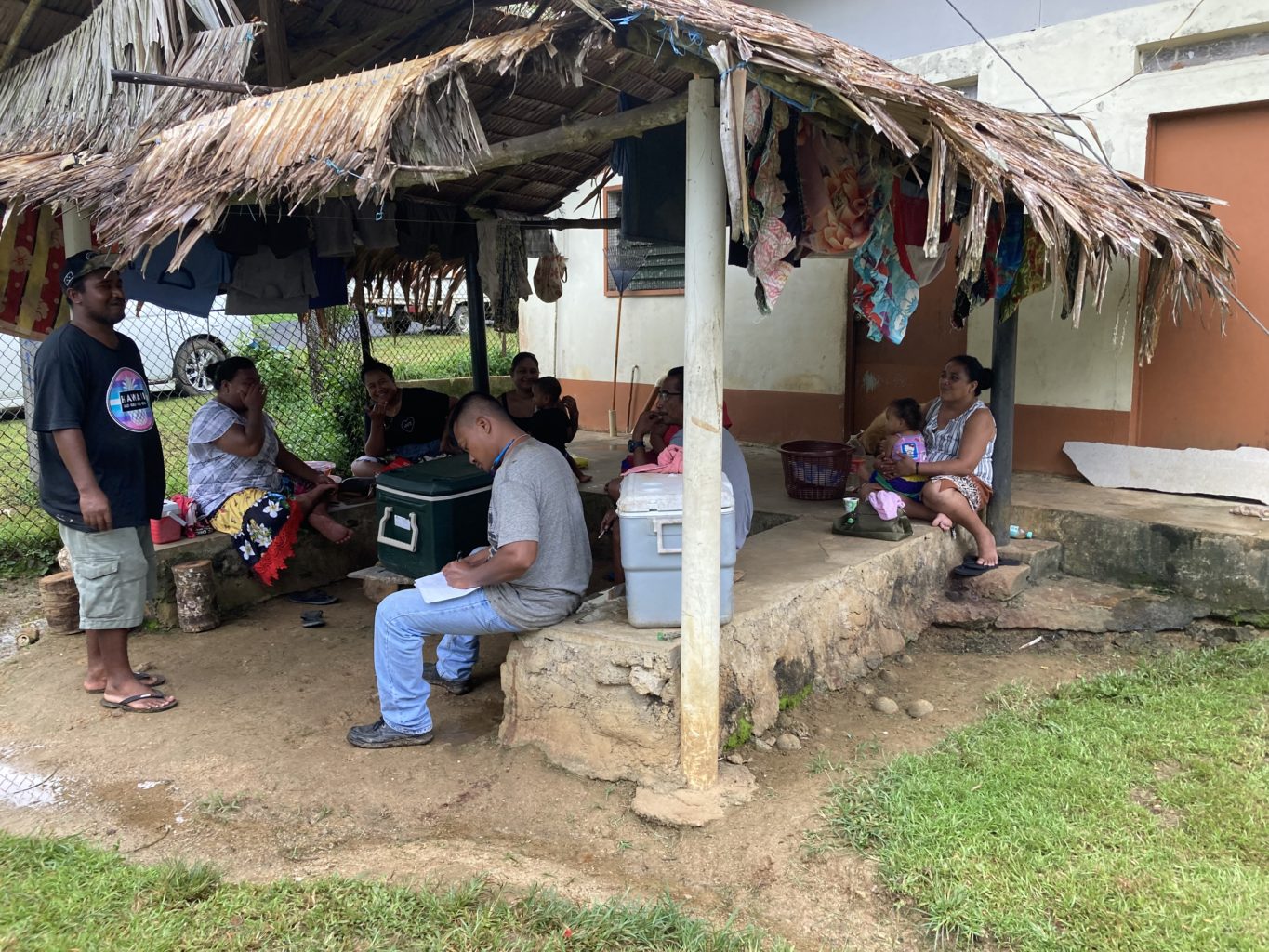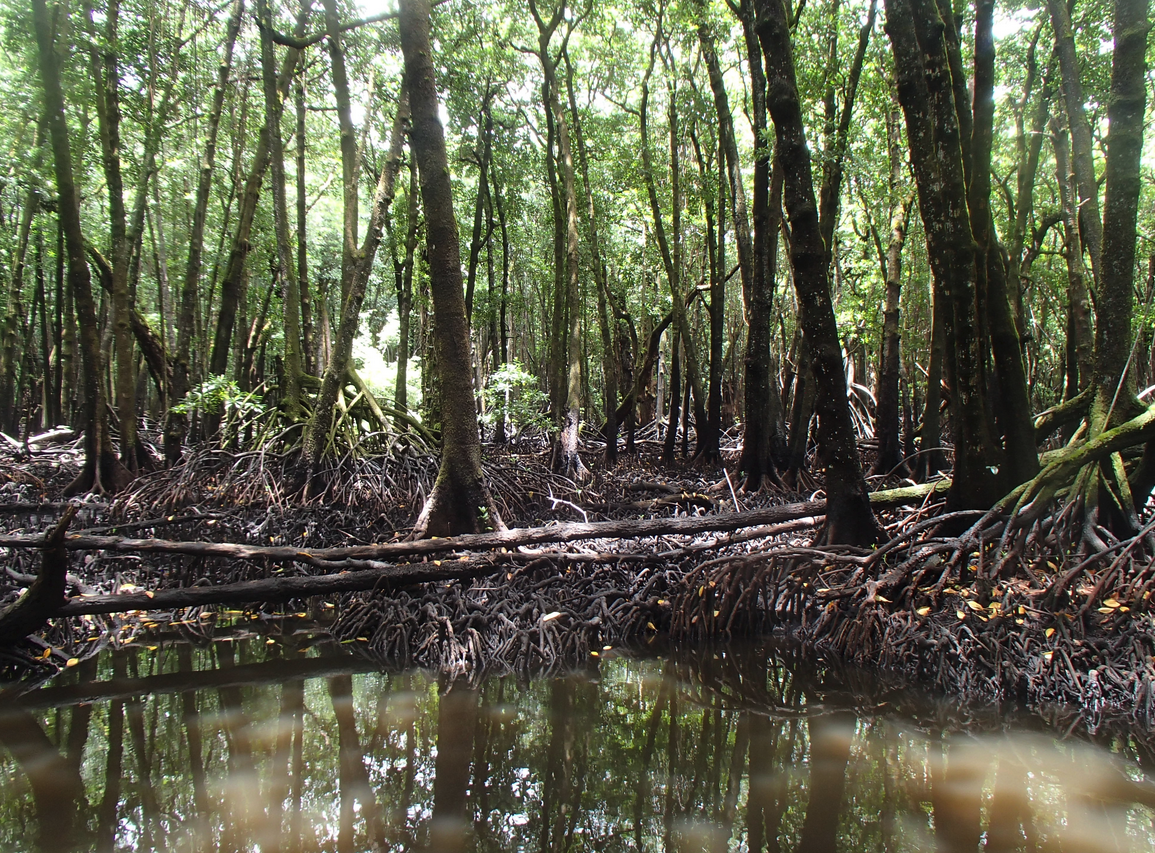Pohnpei is a mountainous, forested tropical island, part of the Federated States of Micronesia. The FSM is just a speck on the map of the central Pacific, but it contains some of the most important ecosystems on the planet, including rainforest, mangrove forest, seagrass meadows, and coral reefs. This project would protect all of those habitat types.
The area has more than 200 species of native plants, including seven species of mangroves, which provide a nursery for mangrove crabs and many species of fish. Birds are abundant, including the critically endangered Pohnpei starling and the vulnerable Pohnpei kingfisher.
The Senipehn Community comprises five villages (Nankepira, Elielwi, Diadi, Pohnauleng, and Sapwehrek Kep), with a total population of about 1,800. More than 70% of them are farmers or fishers who do not make a regular salary.
Senipehn’s traditional leaders and residents have committed to protecting the community’s entire forest watershed. They will also protect mangroves, seagrass beds, and reefs. The upper forests and stream headwaters, which cover about 700 acres, will be strict no-take areas. In a lower 1,000-acre area, local people will continue to practice traditional agroforestry, as they have for an estimated 2,000 years. The mangrove and seagrass areas and reefs, which cover another 1,000 acres, will be no-dredging zones. Subsistence fishing will continue around the reef.
The five traditional leaders, with community conservation officers, Senipehn Youth Organization members, and landowners, will develop a watershed management plan that will be codified in a municipal ordinance. The Madolenihmw Municipal Police will provide enforcement as necessary.
Working with the Micronesia Conservation Trust, a Seacology grant is funding a water storage and supply system that will supply clean water to every household. The community is one of the least developed in Pohnpei, and most households do not have regular access to safe drinking water. Unsurprisingly, this leads directly to ongoing public health problems, especially for children.


